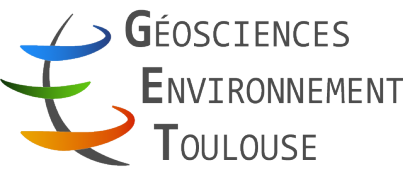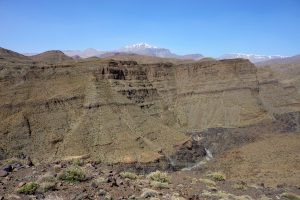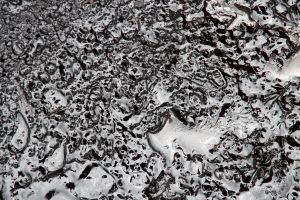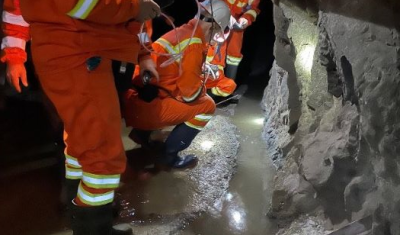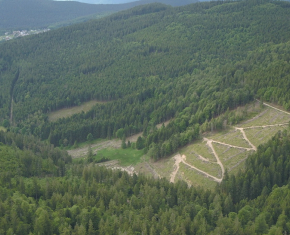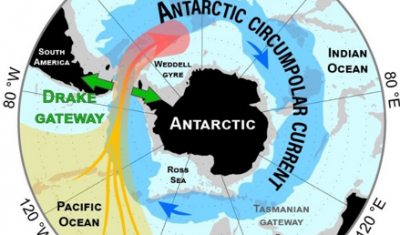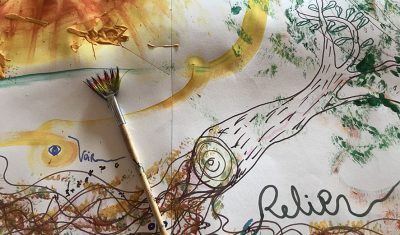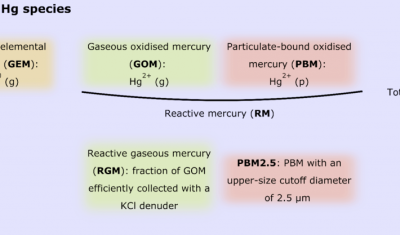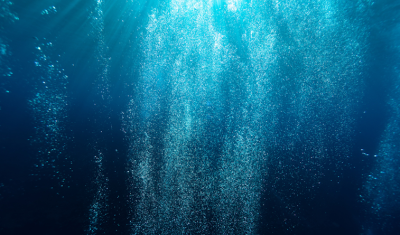Géosciences Environment Toulouse (GET) is a multidisciplinary research laboratory in Earth and Environmental Sciences attached to the Observatoire Midi-Pyrénées (OSU OMP). The unit is a component of the French National Center for Scientific Research (CNRS), the French National Research Institute for Sustainable Development (IRD), the Toulouse University (UT3), and the CNES. The lab currently brings together around 230 tenured researchers, professors and assistant professors, engineers, technicians, and administrative staff, in addition to more than 70 Ph.D. students and researchers on fixed-term contracts.
Read more here…
Our scientific themes
We are carrying out multidisciplinary research to understand the inner Earth, its continental surfaces and interfaces, and its environment. Our scientific goals aim to improve knowledge on (i) the Earth Evolution and Dynamics, (ii) space-based and in situ Earth Observation, (iii) the Critical Zone and fluid-rock-living Interactions, and (iv) Georesources and contaminants-environment-health Interactions.
Our technical departments
GET has 25 analytical and instrumental services and platforms grouped into 3 technical departments (Geochemistry and Experimentation, Geophysics and Positioning, Petrology and Mineralogy) and 2 transversal services.
Looking for one collaborator?
Last news
Discovery of a large reservoir of hydrogen in an underground mine in Alabama
An international scientific team involving researchers from the Institut des sciences de la Terre (ISTerre* – CNRS/IRD/UGA/Univ. Gustave Eiffel/USMB) and GET has just discovered a reservoir of natural hydrogen in […]
IR OZCAR: links between hydrological diversity and critical zone heterogeneity
The critical zone is the most superficial part of our planet where water, rocks, air and life come together to shape our environment. In order to better understand how regional […]
New discoveries reveal the origins of the most powerful current on Earth
The Antarctic Circumpolar Current is the largest ocean current on Earth, connecting the Atlantic, Pacific and Indian Oceans. This current largely regulates the exchange of heat, moisture, carbon and nutrients […]
Zone-art: the first art-science collaboration in the Zones Ateliers network
“The academic article is not the only format for writing theory. You can theorise with a camera, a paintbrush, a score, etc. (…) a theory cannot be reduced to a […]
Atmospheric mercury: a decade of observations on Amsterdam Island
The recent publication of a data paper by a research team including scientists from CNRS Terre & Univers highlights a unique series of measurements of atmospheric mercury on Amsterdam Island, […]
Mineralogical study reveals secrets of oceanic transform faults
A Franco-Italian team, including the Toulouse Geosciences Environment Laboratory (GET, CNES/CNRS/IRD/UT3), has studied the geological and mineralogical processes that occur at the boundaries of tectonic plates. Their results, which shed […]
